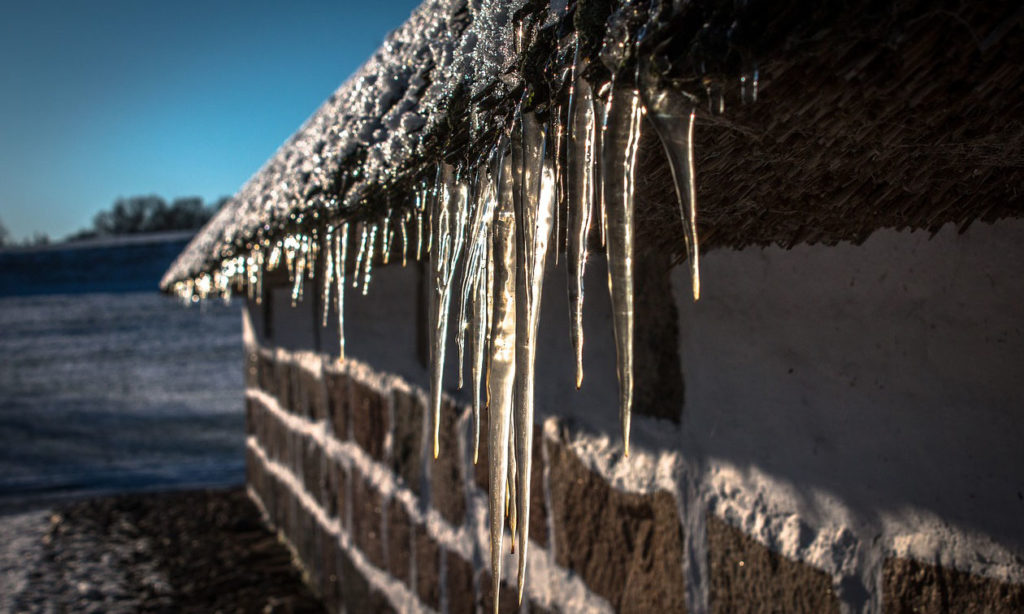
It’s that time of year again. The summer heat fades away, the scattered deciduous trees stand out brilliantly on the mountains, and the kids go back to school. Fall time in central Arizona has got to be one of the most delicious experiences of living in the Rim Country, but it’s also a good time to give your home a check-up. As colder weather approaches, your house may need some repairs or preventative maintenance to ensure its continued integrity and outward beauty. I’ve spent many winters here in Payson so I’m passing on my top 7 tips for winterizing your home.
1) Insulate the hot water heater
Hot water heaters have to work harder in the winter to maintain 120-140 degrees Fahrenheit (depending on how you have it set). Packing insulation around your unit will help it hold the heat in and reduce your energy cost.
2) Clean the gutters
It’s easy to forget about gutters in Arizona sometimes since we don’t often receive much rain. Regardless of the precipitation, however, our gutters get filled with leaves, twigs, and other debris over the year that can plug them. These blockages can cause ice dams or icicles in the winter which are potentially dangerous. Clean out your gutters while the weather is mild and stay inside with a warm cup of cocoa in the winter.
3) Block gaps around doors and windows
They may not seem like much, but the little spaces under doors and gaps around windows are responsible for a lot of escaping heat. According to safewise.com the warm air lost through these gaps “…Account for up to a third of your heating costs.” Caulking or weather stripping these areas is one of the most effective ways to save money on your winter utility bills.
4) Remove AC units
Since you won’t be needing them for awhile anyway, remove window AC units and put them into storage. Taking these units out of the windows seals off more of those pesky heat-wasting gaps we talked about earlier.
5) Store garden hoses and insulate faucets
It’s really hard to roll up hoses once the first freeze hits, so drain them now, roll them up, and store them away. It’s a good idea to wrap a little insulation around your outdoor faucets as well.
6) Check the chimney for blockages
Chimneys build up all kinds of debris even when not in use. This can cause poor air flow making it harder to start a fire and allowing smoke to escape properly. You may need a professional to clean the chimney or, if you are handy in this department, get in there and make sure everything is clear.
7) Reverse ceiling fan direction
Ceiling fans typically spin counter-clockwise with the intention of cooling us off during the summer blaze. By switching the ceiling fan’s rotation to clockwise, it will push the warmer air at the ceiling downward. This circulates the heat more evenly at very low energy cost.
There’s no better time to strike these items off your to-do list than in the cool fall weather that will descend upon us soon. Most if not all of these things can be done yourself and at very low cost. Happy fall!